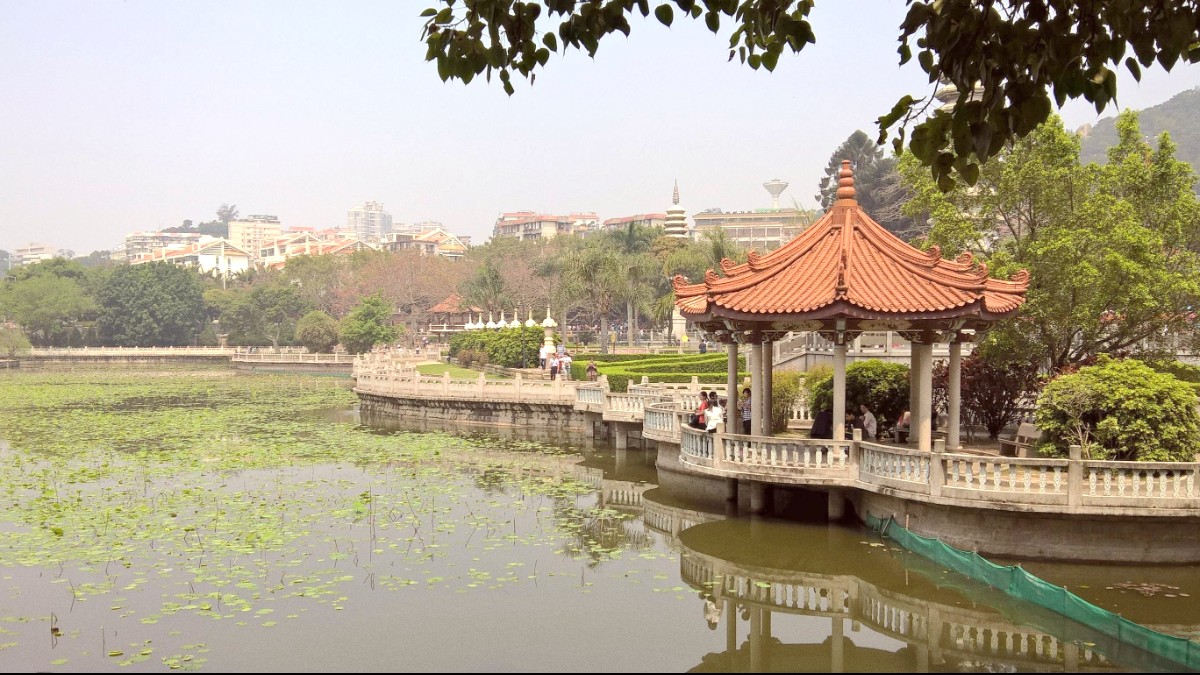
Fujian, China
Xiamen has a distinctive blend of old and new. Its relaxed pace and green landscapes are a contrast to many larger Chinese cities. The city's clean environment and mild climate are a pleasant destination year-round. Discover the charm of its colonial past, the warmth of its local communities, and the vibrancy of its modern developments.
This guide assists with every aspect of your journey. Find practical advice on everything from visa procedures and budgeting to local transportation and dining.
Learn about Xiamen's top attractions, engaging activities, and practical tips for a rewarding trip. Consider Xiamen a gateway to southern Fujian, a region rich in history and culture.
Xiamen thrives as a city of contrasts. The city’s cleanliness and lush greenery contribute to its reputation as one of China's most livable cities. People find a balance between historical exploration and modern leisure. Whether you seek culinary adventures, cultural immersion, or tranquil seaside moments, Xiamen presents an inviting setting for your journey.
Your exploration of Xiamen reveals layers of history and culture, from its origins as a small fishing village to its role as a significant treaty port. The city’s open-minded spirit and strong ties to overseas Chinese communities give it a cosmopolitan feel. Visitors find the local people friendly and the pace of life calming. Prepare for a destination that promises both comfort and discovery, encouraging lasting memories. This guide facilitates the best of Xiamen, making travel smooth and enjoyable.
Subtropical monsoon, mild winters, hot and humid summers.
Xiamen Island, urban core, easy to explore on foot or bike.
Car-free UNESCO island, short ferry ride from Xiamen.
Jimei, Haicang, Tong'an, Xiang'an are connected by modern metro.
Influenced by tea agriculture and abundant seafood from coastal access.
The fertile lands surrounding Xiamen support agriculture, including renowned tea plantations in the broader Fujian province. Seafood forms a cornerstone of local cuisine, reflecting the city’s direct access to rich fishing grounds.
Bridges and a modern metro system efficiently connect the island and mainland areas, permitting easy access for travelers. This integrated layout means you can experience the island's charm and the mainland's broader cultural landscape within a single trip.
The island is relatively flat, making walking and cycling popular ways to move around, especially along its picturesque coastal roads. Surrounding the main island, several smaller islands dot the waters.
Its clean streets, abundant green spaces, and coastal location contribute to a relaxed atmosphere, making it a pleasant destination for travelers.
Xiamen's history spans centuries, evolving from a humble fishing village into a prominent port city. Its geographical location at the mouth of the Jiulong River, facing the Taiwan Strait, positioned it as a strategic maritime hub. Early historical records show its significance in trade routes, linking China with Southeast Asia and beyond. The city's name, once known as Amoy, became familiar to Western traders due to its role in international commerce.
A pivotal moment in Xiamen's history arrived in the mid-19th century when it became one of the five "treaty ports" opened to foreign trade following the First Opium War. This designation deeply shaped Xiamen's urban fabric and cultural identity. European powers established concessions on Gulangyu Island, transforming it into an unique international settlement. This period introduced diverse architectural styles, ranging from Victorian to Art Deco, which still stand today as a testament to the city's cosmopolitan past. These foreign influences brought new ideas, technologies, and cultures, creating a distinctive blend of East and West.
Became one of China's first "treaty ports" in the mid-19th century, opening to foreign trade.
Diverse styles from Victorian to Art Deco, especially on Gulangyu Island.
A unique environment fostered by foreign consulates and businesses.
During the 20th century, Xiamen continued to develop, navigating through periods of political change and economic reform. It became one of China's first Special Economic Zones in the early 1980s, accelerating its modernization and economic growth. This policy encouraged foreign investment and rapid urbanization, transforming Xiamen into the modern, bustling city it is today. Despite this rapid development, the city carefully preserves its historical districts and cultural landmarks.
Recognized as a "Garden City" and "Most Livable City" due to its clean streets and green spaces.
Urban planning prioritizes green spaces and pedestrian areas for public leisure and recreation.
Beyond seafood, discover unique dishes like Satay Noodles and Oyster Omelets.
A rapidly expanding, efficient, and modern network for urban transit.
Extensive coverage, connecting neighborhoods and attractions.
Readily available services like Didi Chuxing for convenience.